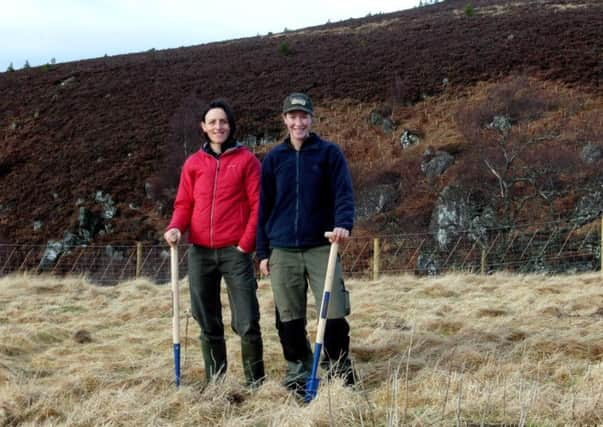Crofters branch out with tree hay feed


Most animals are fed on hay once pastures die off, but increasingly erratic weather means supplies are getting harder to guarantee.
Prolonged dry weather early in the growing season, as was seen this year, results in poorer growth of grass, while wet weather at harvest time, like in 2017, can make it impossible to dry the crop.
Advertisement
Hide AdAdvertisement
Hide AdThis means farmers are struggling to grow enough to meet their own needs and are forced to buy it in.
However, it’s becoming harder to find reliable sources and prices are high – and likely to keep rising.
The situation has pushed Lynn Cassells and her partner Sandra Baer to look for alternative solutions at their eco-croft near Grantown on Spey in the Cairngorms.
The pair bought the 150-acre property in 2016. Neither had backgrounds in agriculture and the property hadn’t been farmed in 30 years, so they have had to learn everything as they go along.
They currently have six Highland cows, 14 Jacob sheep, three Oxford sandy and black pigs, 44 hens and two hives of Scottish honey bees. They also grow their own vegetables.
Now they are experimenting with tree foliage as a substitute for hay.
Cassells said: “When we decided to farm it was on the basis that if it doesn’t work for nature it doesn’t work for us.”
She added: “The idea for the tree hay came from conservation work we’d been doing down south. It’s basically the practice of feeding tree leaves to animals – either fresh or you cut the branches off in full bloom, when the nutrients are at their best, and then dry them to store for winter.”
Advertisement
Hide AdAdvertisement
Hide AdThey have also planted a kilometre of hedging made up of goat willow, grey willow and eared willow.
As well as providing fresh food and shelter for the animals, sections will be coppiced on rotation and the trimmings dried in the barn.